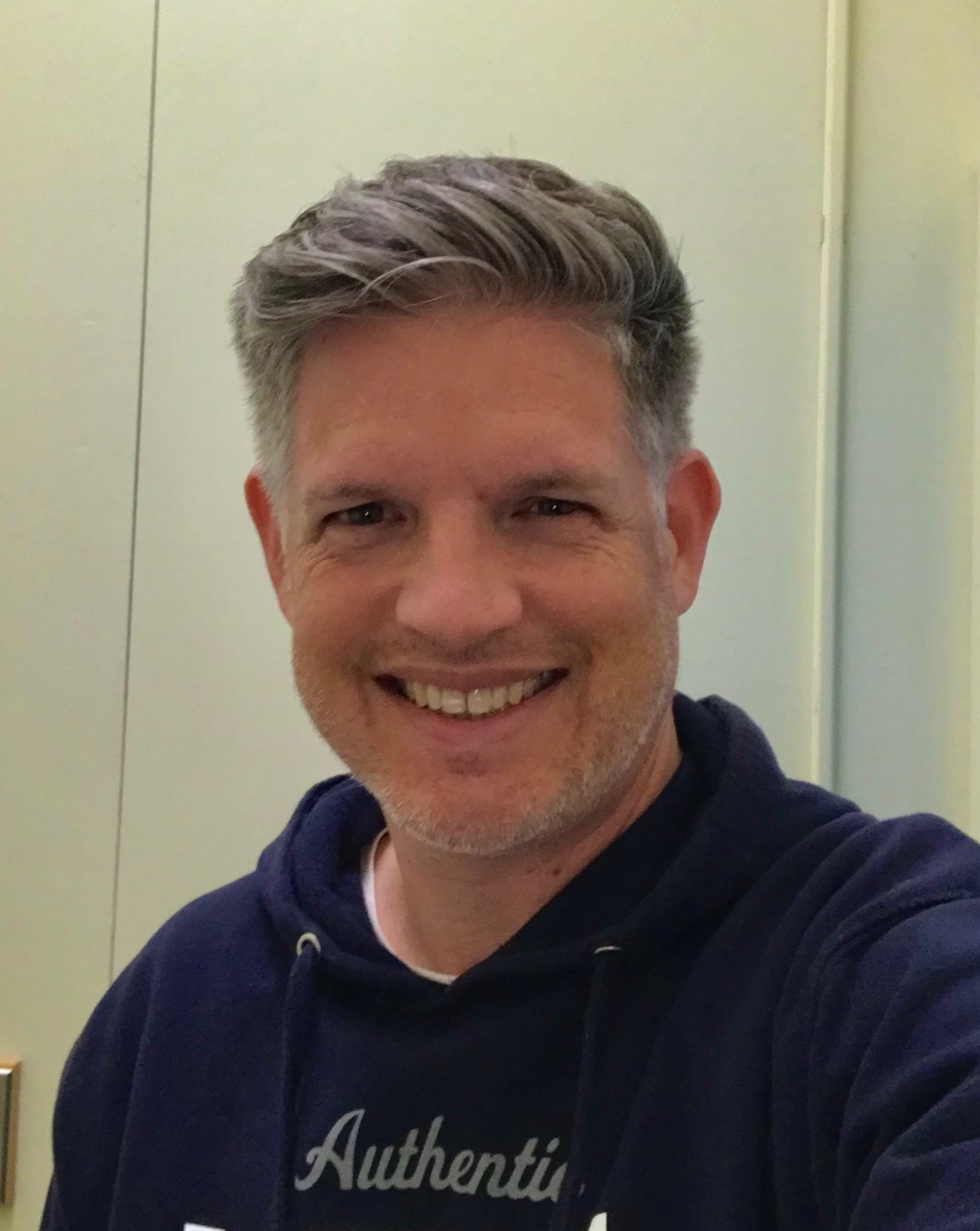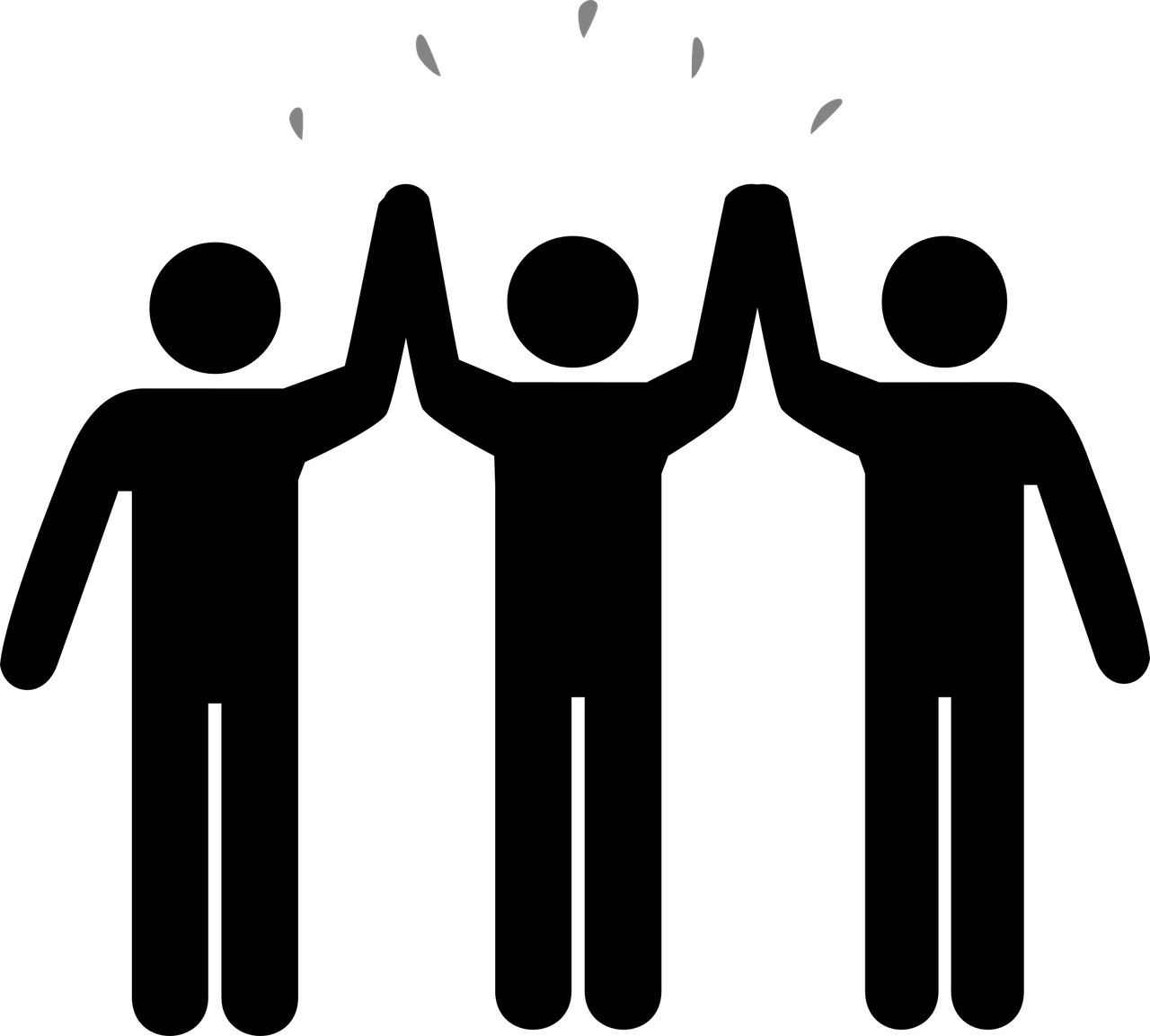 By Jonathan Sclater (Principal, MEd in Imaginative Education, @jonathansclater)
By Jonathan Sclater (Principal, MEd in Imaginative Education, @jonathansclater)
I think school leadership can be described as constructing a shelving unit. There are different stages we move through, and it’s both an exciting but demanding process from beginning to end which requires imagination.
 1. Orienting: Begin by taking everything out of the box and laying out all the pieces to see what you have to work with.
1. Orienting: Begin by taking everything out of the box and laying out all the pieces to see what you have to work with.
When I started at my current school, I was careful to listen and watch how things were operating for the first year. Luckily, I was able to transition in mid-year, and this allowed me to just let things continue on as they were, and I spent a lot of time talking with students, parents and staff, and I took a lot of mental notes. There were some leadership roles that I knew would have to change, but how exactly I wasn’t sure just yet. I decided to be patient and just see how things worked, but I could see right away that there might be a better way for us to move forward and grow as a community. The more I looked the more I realized that it was the entire structure that needed to change, and eventually the people would follow. Sometimes you need to tear things down from what they are, rebuild and create a new vision – and that is exactly what I set out to do.
 2. Planning: Look at the preliminary plans to know what it is you are trying to build and where you are heading.
2. Planning: Look at the preliminary plans to know what it is you are trying to build and where you are heading.
I noticed that I was very busy in my first year just trying to keep up and solve emergent daily issues with students all over the building who were dysregulating and often needing to be sent home early. I knew this wasn’t sustainable long-term and a big change was needed in how we did things. As we planned our school goals at the end of the year, as usual it was going to be a tossup between literacy and numeracy. I suggested that having a focus on SEL and self-regulation might help us achieve more success in other academic goal areas, and that we were expending a lot of energy just trying to get students to stay focused. With agreement to proceed, I ordered some resources and we started to shape a new plan about how things were going to look for everyone, not just the early adopters. I also set out to create a team structure with leaders for each team, in order to encourage more idea sharing and decision making in a more distributive and filtered way. These plans were about getting everyone to see the same vision.
 3. Building: You will need to create a solid foundation, and space and time to work.
3. Building: You will need to create a solid foundation, and space and time to work.
Part of changing the way people act is changing the environments they work in. I asked teachers more about what they needed in their classrooms, and we set out to purchase some new furniture with varied seating options and preparing spaces in classrooms where students could have a break. I purposely gave time at staff meetings for teachers to work in their teams, and we used our pro-d to learn more and think differently about what students would be doing and how we would structure learning to allow better access for all learners. This was a time of stretching, but I began to slowly notice a shift in how much time and energy I was having to give to these emergent student needs, and I could begin to focus on other more long-term priorities. Over about a 2-year timeframe I have become less and less needed for these emergency situations, and instead I started finding more time to be proactive for vulnerable learners, where I would invite them to the office and we talk, build Lego, or even shelving units!
 4. Organizing: Once the framework is up additional, intentional organization changes might be needed.
4. Organizing: Once the framework is up additional, intentional organization changes might be needed.
As we continue on, I have added in other resources and inspiration to deepen our focus – specifically integrating imaginative work. With the introducing of Learning in Depth and the Walking Curriculum, teachers have begun to work on bigger projects and take their students outside more. Now with these changes, I have had to answer to the parents’ questions about if their children were still learning as much, and what they meant was, the way they as parents had learned before. The answer is no. The students are learning more, and no it’s not the way their parents learned it. This is also true for teachers. I have continued to give staff time to work in teams during staff meetings and pro-d days to plan together, share ideas, and collaborate on projects. I started to push staff more to use the resources and spaces they had in different ways and asked them to let go of some old ways of thinking and doing. Our structure continues to evolve based on our needs and progress. This can be an uncomfortable time, but it’s important to keep making some changes and not settle for the status quo in order to remain healthy. Teachers have new tools and mindsets to help their students when they are struggling, and the threat of being sent to the office became a distant memory. I wonder if we even needed those “office” chairs out there anymore!? Now when students are in the halls taking a break the question has changed from “What did you do/why are you here?” to “How are you doing/do you need anything?”
 5. Celebrating: Don’t miss your opportunity to enjoy and showcase what you have built.
5. Celebrating: Don’t miss your opportunity to enjoy and showcase what you have built.
I am still on this journey with my staff, and I continue to use imagination as my guide, to seek the possible and journey into the unknown. The entire school culture is shifting, but only with ongoing, intentional planning and action. Looking ahead from one year to the next should never become a routine, mindless exercise. There is still more work to do and changes that will be required, but we need to have permission to celebrate along the way and let those moments shine. Every week I create staff and parent newsletters, sharing photos and stories about the exciting things happening at our school. We have been meeting more frequently for gatherings and recognition events by including parents more in celebrations of learning. Even when we can’t be together physically, we are continuing to find ways to build together and celebrate! Leadership is about being able to stand in the gap between how things are now and what is needed. We do this, not by having all the answers, but having the courage to set a plan into motion despite many unknowns. Imagination enables leaders to see what’s possible beyond the current circumstances with hope for the future.

